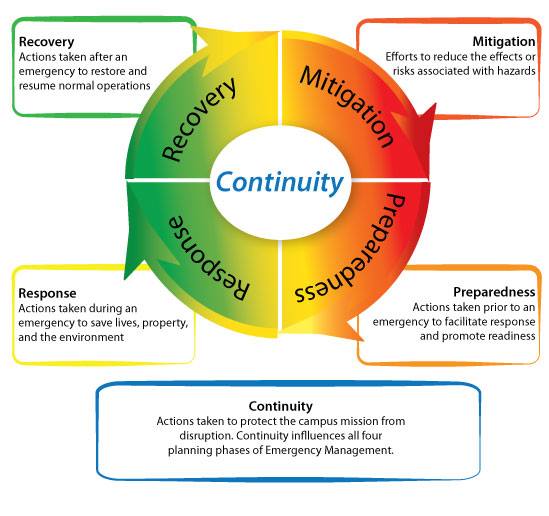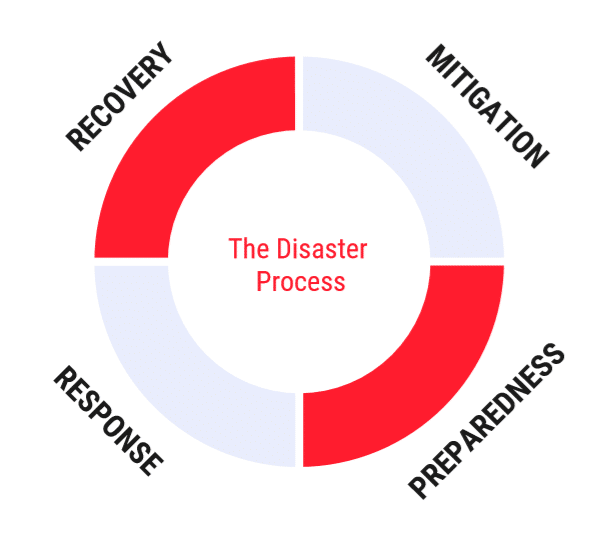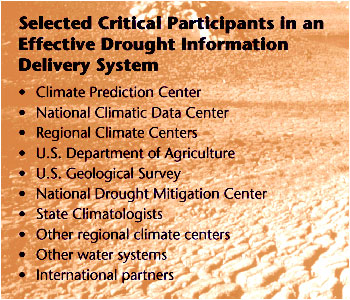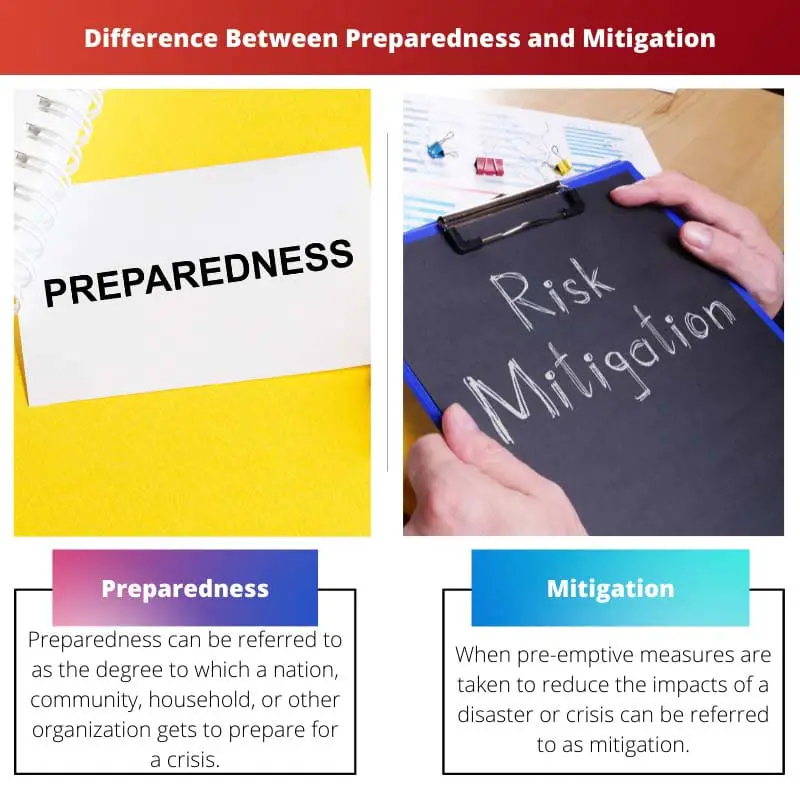Mitigation and preparedness are two important strategies that can help communities, businesses, and individuals reduce the impact of natural disasters, such as earthquakes, hurricanes, and floods. Although these strategies are often used together, there are significant differences between them.
Mitigation refers to actions taken to reduce the likelihood or severity of a disaster. This can include things like building codes that require structures to be built to withstand certain levels of wind or earthquakes, or implementing land-use planning policies to prevent development in flood-prone areas. Mitigation efforts are often focused on long-term solutions that can prevent or reduce the impact of future disasters.
Preparedness, on the other hand, refers to actions taken to prepare for a disaster that is imminent or has already occurred. This can include things like creating evacuation plans, assembling emergency kits, and training individuals on what to do during a disaster. Preparedness efforts are focused on short-term solutions that can help individuals and communities respond effectively to a disaster as it is happening or in the immediate aftermath.
While both mitigation and preparedness are important for reducing the impact of disasters, there are some key differences between the two. One key difference is the time frame in which they are implemented. Mitigation efforts are focused on the long term and are aimed at reducing the likelihood or severity of future disasters, while preparedness efforts are focused on the short term and are aimed at helping individuals and communities respond to a disaster that is imminent or has already occurred.
Another difference is the focus of the efforts. Mitigation efforts are often focused on reducing the overall risk of disasters, while preparedness efforts are focused on helping individuals and communities respond effectively to a disaster as it is happening or in the immediate aftermath.
A third difference is the scope of the efforts. Mitigation efforts are often implemented at the community or regional level, while preparedness efforts are often focused on the individual or household level.
In summary, mitigation and preparedness are two important strategies for reducing the impact of natural disasters. While they are often used together, they have distinct differences in terms of their focus, time frame, and scope. By implementing both mitigation and preparedness measures, communities, businesses, and individuals can be better prepared to handle the challenges posed by natural disasters.
Mitigation & Preparedness

In addition, preparedness includes all training, drills, and exercises; these are performed to stress and evaluate the EOP. Systems such as adequate staffing, shelter, infrastructure, and health and social services need to return to their preemergency status. Both strategy and resources can be included in the preparedness. The CMS regulations require organizations to take a "comprehensive, consistent, flexible, and dynamic regulatory approach to emergency preparedness and implement a response that incorporates the lessons learned from the past, combined with the proven best practices of the present into an emergency operations program" CMS "Final Rule". Cite APA 7 Strom, C.
Difference Between Preparedness and Mitigation

Mitigation strategies include concepts for asteroid deflection missions, impact effects studies, and planning emergency response procedures. Hospitals should be working with these groups, because catastrophic events will require a coordinated response by all emergency responders and healthcare providers, not just by hospitals but also by nursing homes, clinics, doctors' offices, and more. Crisis standards of care: a systems framework for catastrophic disaster response. Mitigation refers to strategies or methods used to either prevent a crisis or reduce the consequences of the crisis. Under the authority of the Social Security Act § 1861 e 9 , CMS issued the emergency preparedness final rule that established "national emergency preparedness requirements for Medicare and Medicaid participating providers and suppliers to plan adequately for both natural and man-made disasters, and coordinate with federal, state, tribal, regional, and local emergency preparedness systems.
What is the difference between mitigation and prepardness?

Department of Health and Human Services. Death toll estimates vary, but 82 deaths were attributed to Hurricane Harvey and 61 deaths to Hurricane Irma; initially, more than 55 deaths were attributed to Hurricane Maria, but later updates put deaths related to Maria at 2,975. The mitigation and preparedness phases occur as disaster management improvements are made in anticipation of a disaster event. NFPA's "Health Care Facilities Code" NFPA "99" was completely rewritten and expanded in 2012 to correlate with Joint Commission emergency management standards, as well as to incorporate lessons learned from recent disasters NFPA "Committee on NFPA 99". . EOC members should also pay particular attention to any state bar association guidance in these matters, including liability issues, mutual-aid agreements, and memoranda of understanding.
What is the Difference Between Preparedness and Mitigation

For example, families are advised to have designated safe-places and rallying points outside their house to meet if they are not able to get to their actual house. Mitigation: Comparison Chart Summary of Preparedness vs. Johns Hopkins Center for Health Security, Bloomberg School of Public Health. In addition, access to resources may change, personnel needs and availability may change, and community infrastructure e. Since then, what was originally termed the Hospital Emergency Incident Command System HEICS has been modified by dropping the letter "E" from the acronym to make clear that a Hospital Incident Command System HICS can be applied to both emergent and nonemergent situations. Preparedness can be defined as a state of readiness to respond to a disaster, crisis, or any other type of emergency situation.





